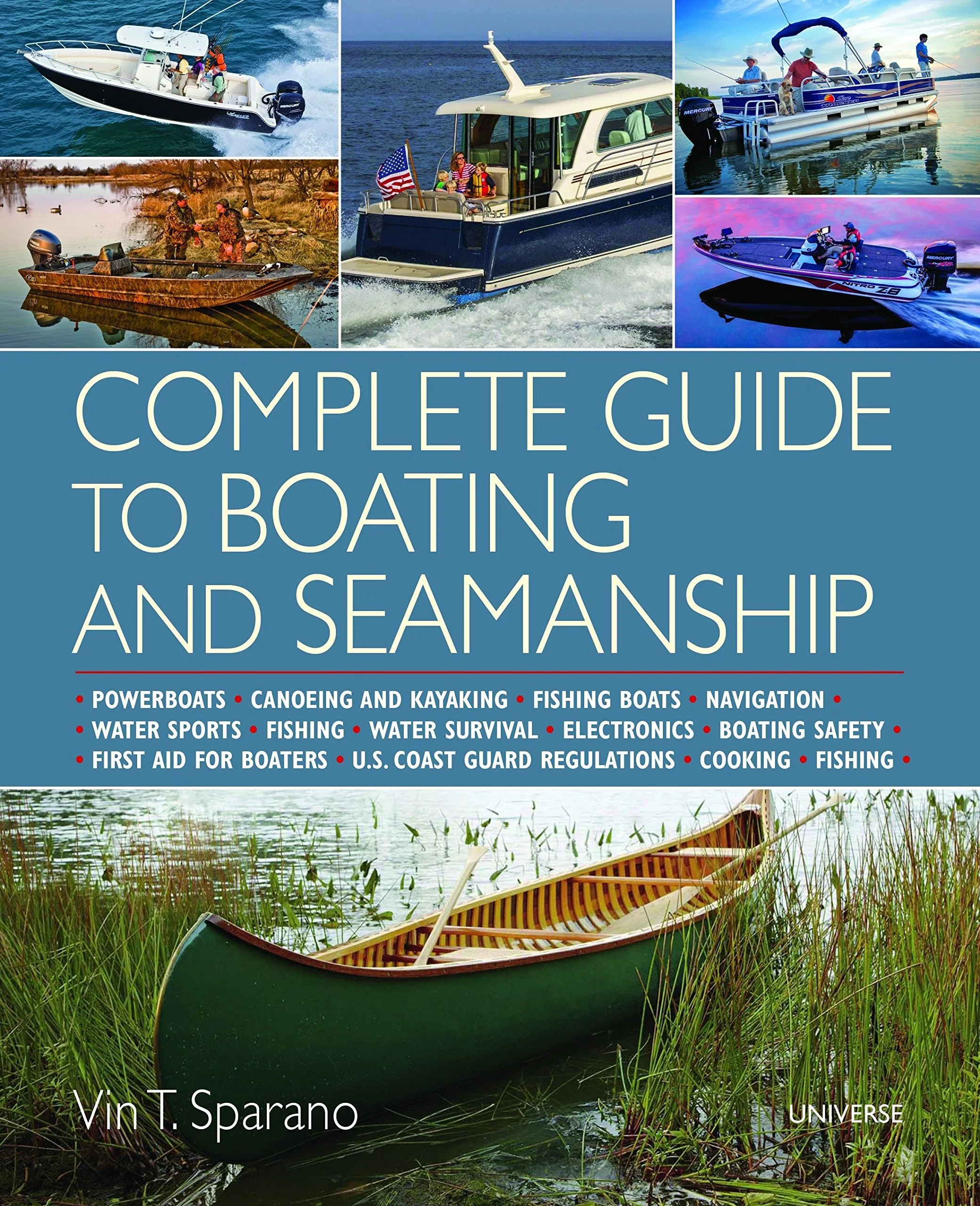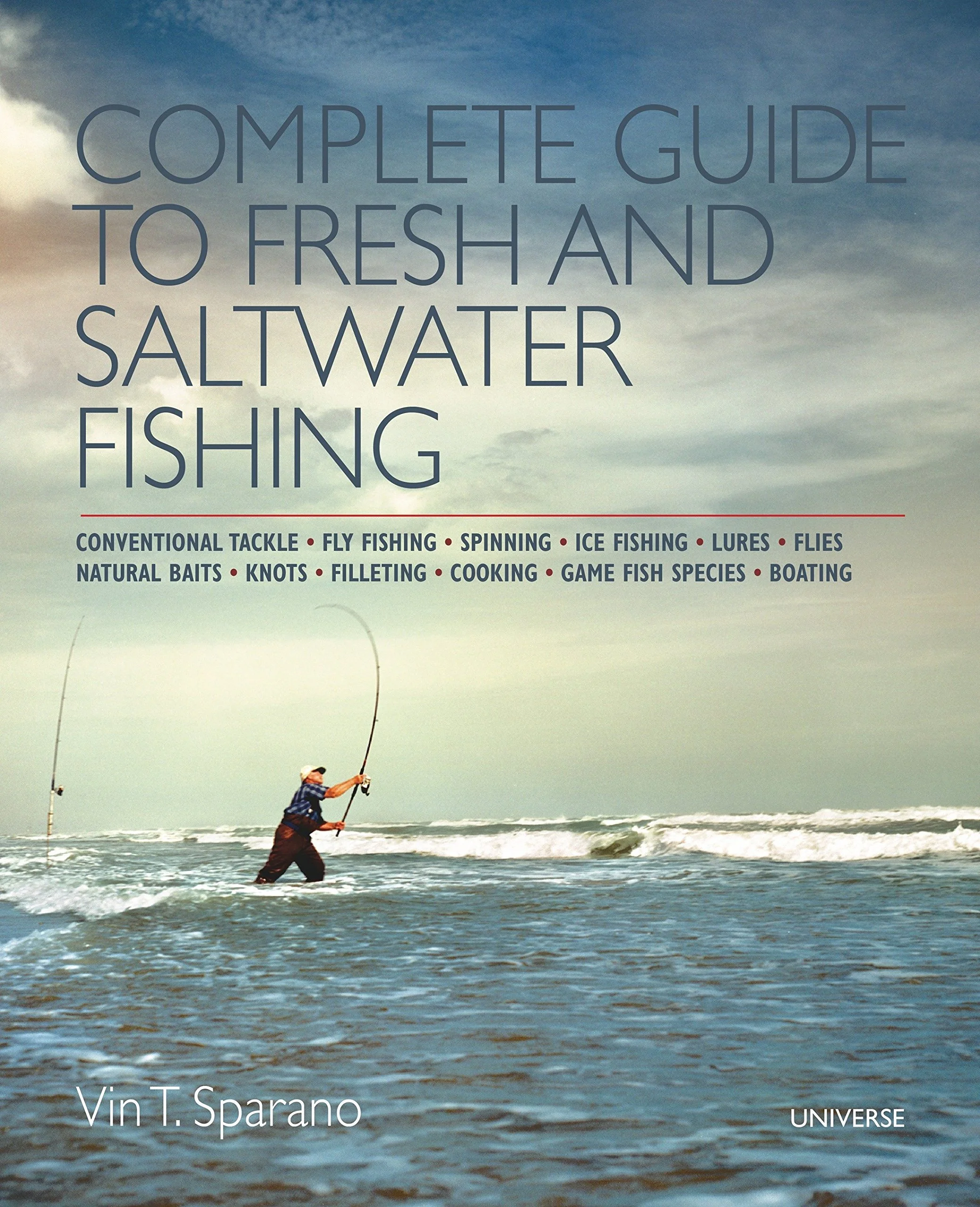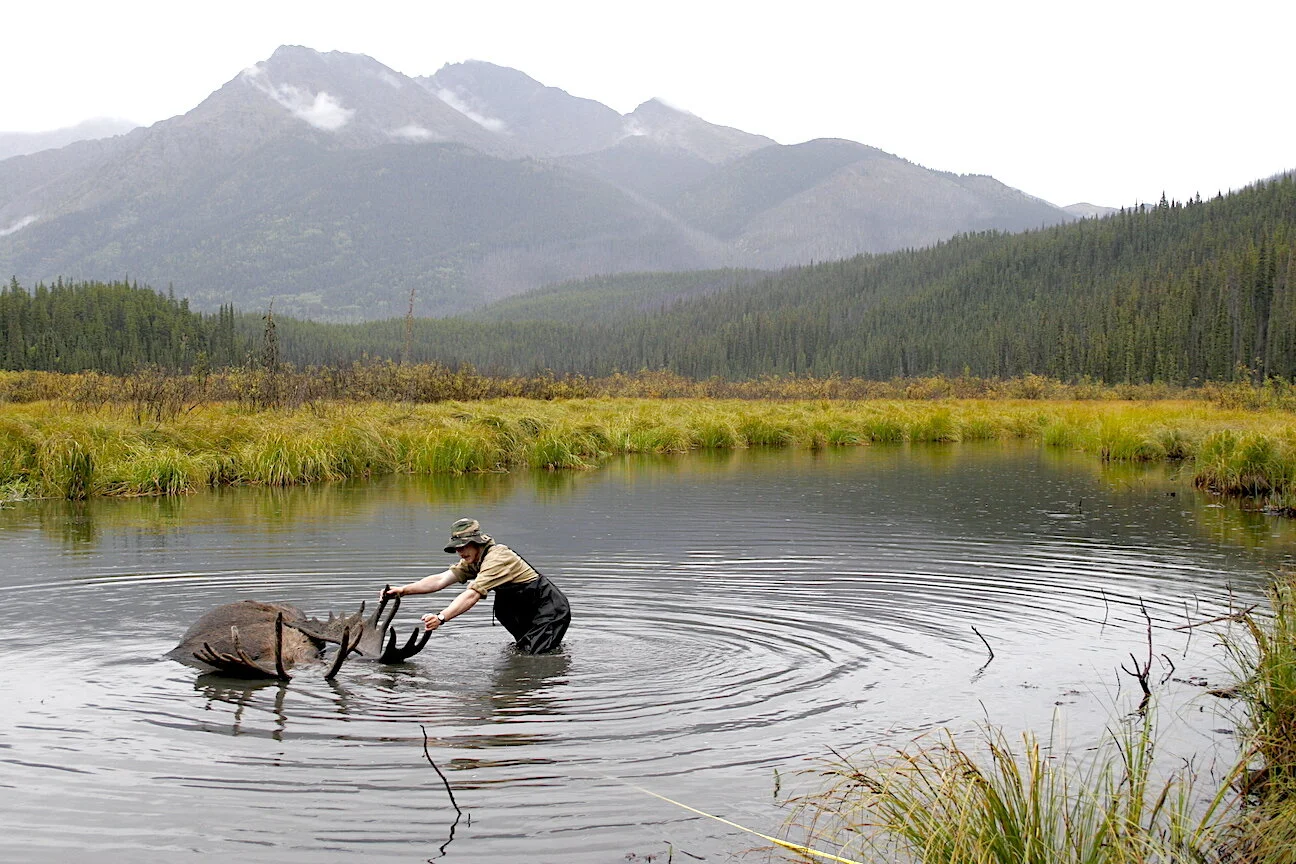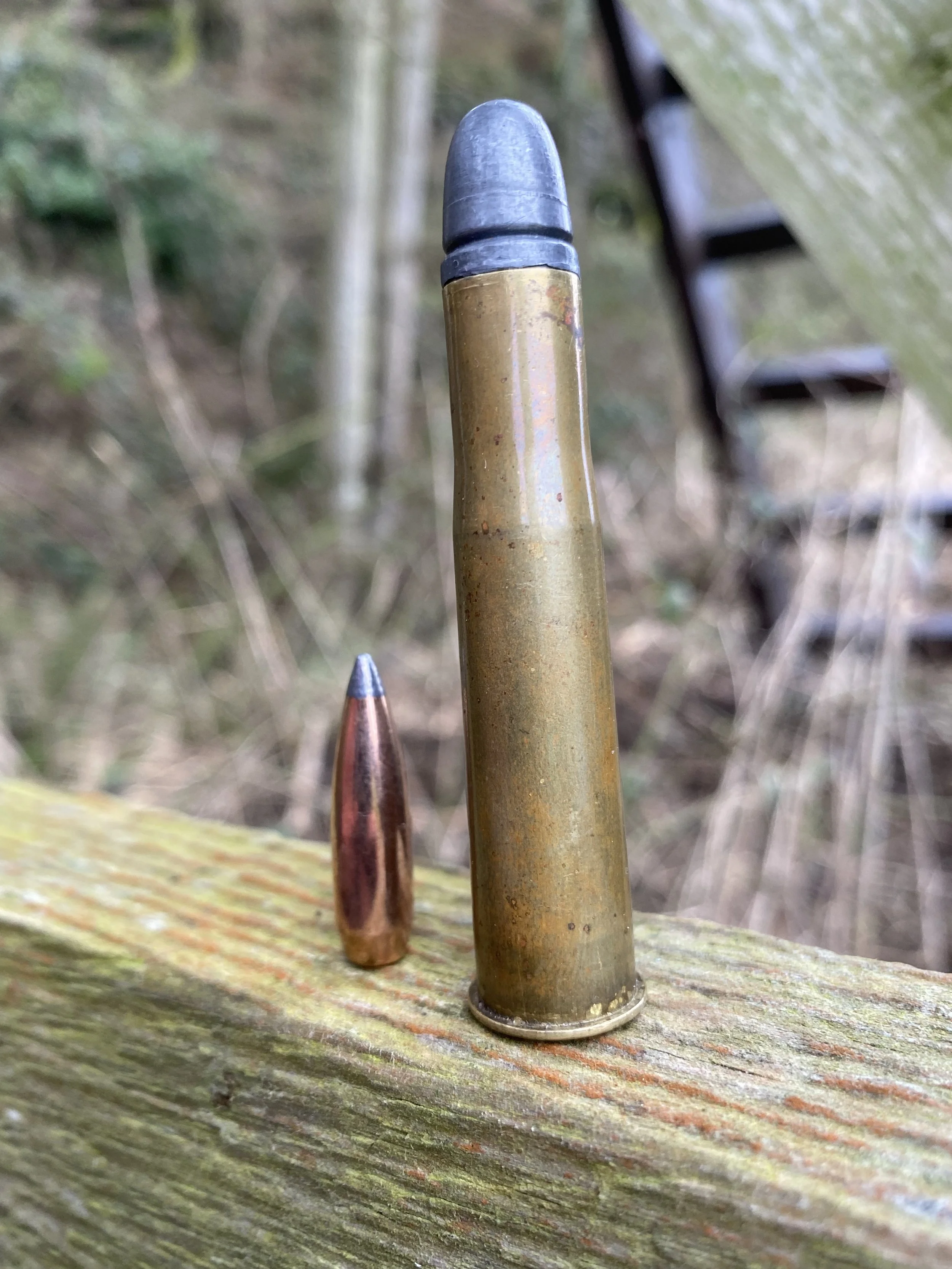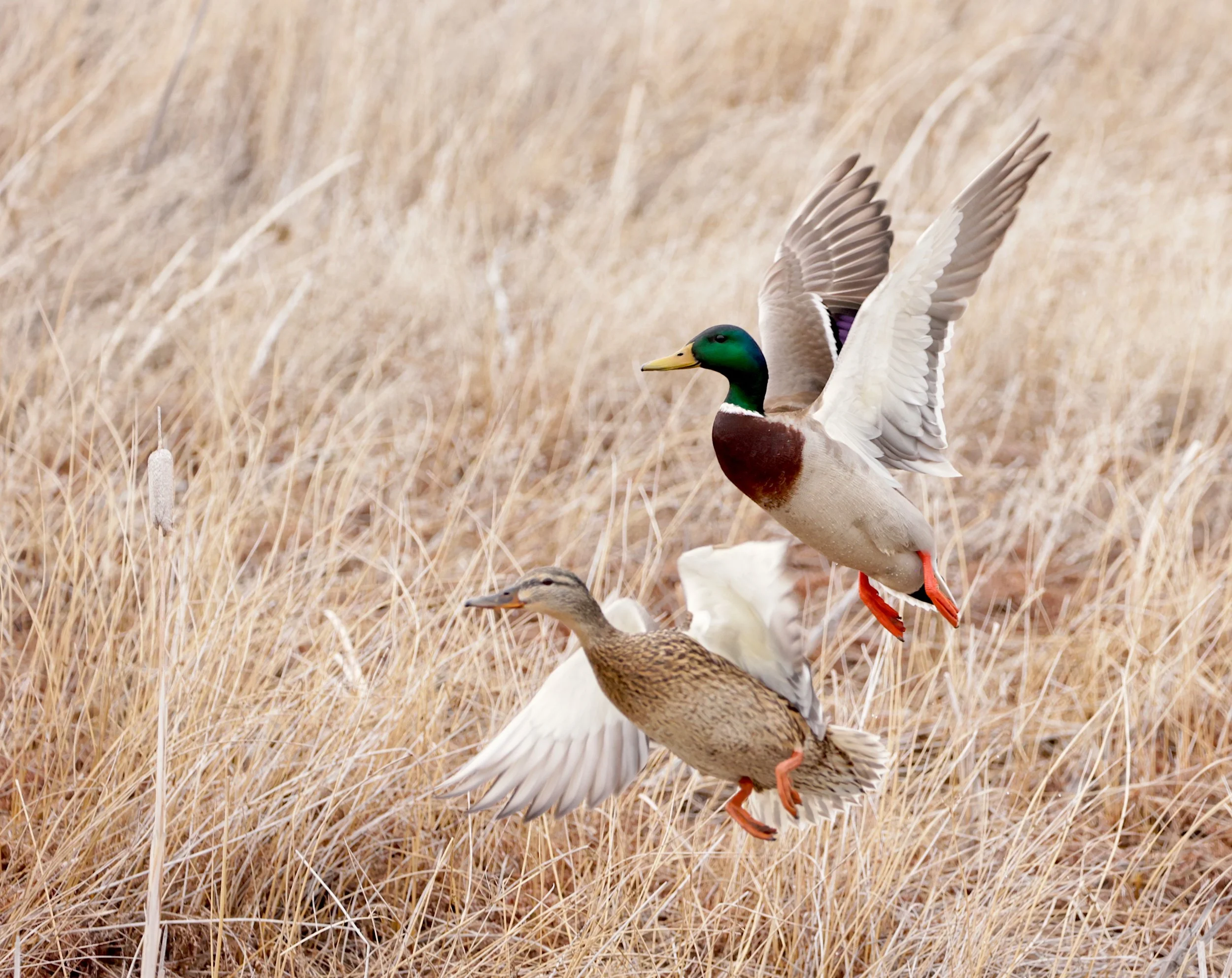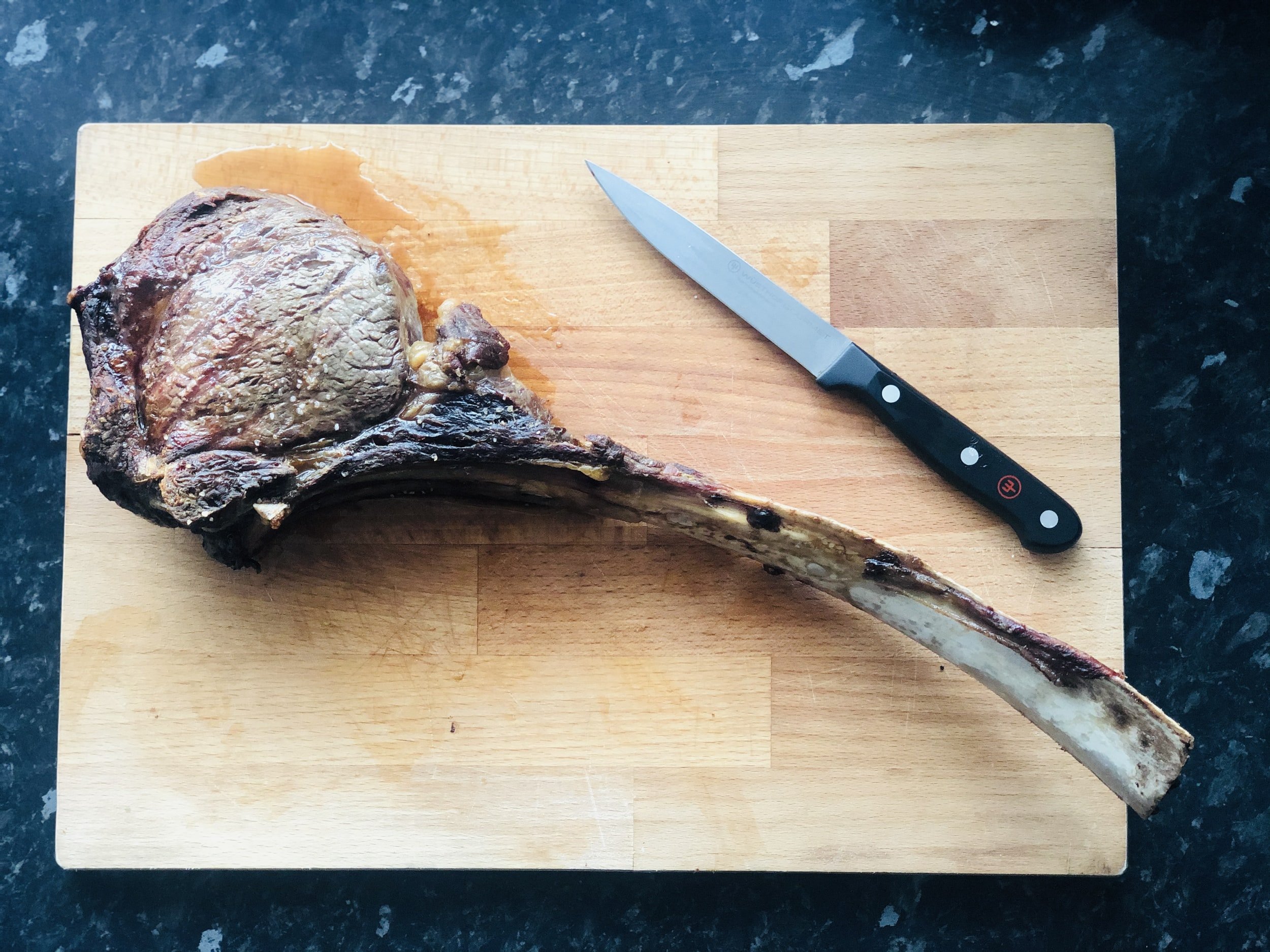How to Hold a Fish

You want to release the fish you just caught unharmed, but do you know where to hold it without damaging any of its vital organs so that you can remove the hook safely?
It depends on the fish. Some have sharp teeth, while others have gill plates that will cut you like a knife. Fin spines are another obstacle to avoid. Bass — including stripers and members of the black bass family — are the easiest to hold because their lower jaws make perfect handles. You should lift a bass with your thumb inside its lower lip and your curled index finger pinching firmly against it from the outside. Big crappies also can be handled in the same manner.
Unlike bass and crappies, walleyes have very sharp teeth and sharp gill plates. Don’t even think about trying a lip hold on a walleye — you’ll regret it. Instead, grab it behind the head and across the back. Always start your grip in front of the dorsal fin and carefully slide your hand to the rear, pushing down the sharp dorsal spines with the heel of your hand.
Panfish and some varieties of perch likewise have sharp dorsal spines and should be held in the same manner as walleyes. The dorsal fin of bluegill can inflict a painful puncture if it’s not held down with your hand.
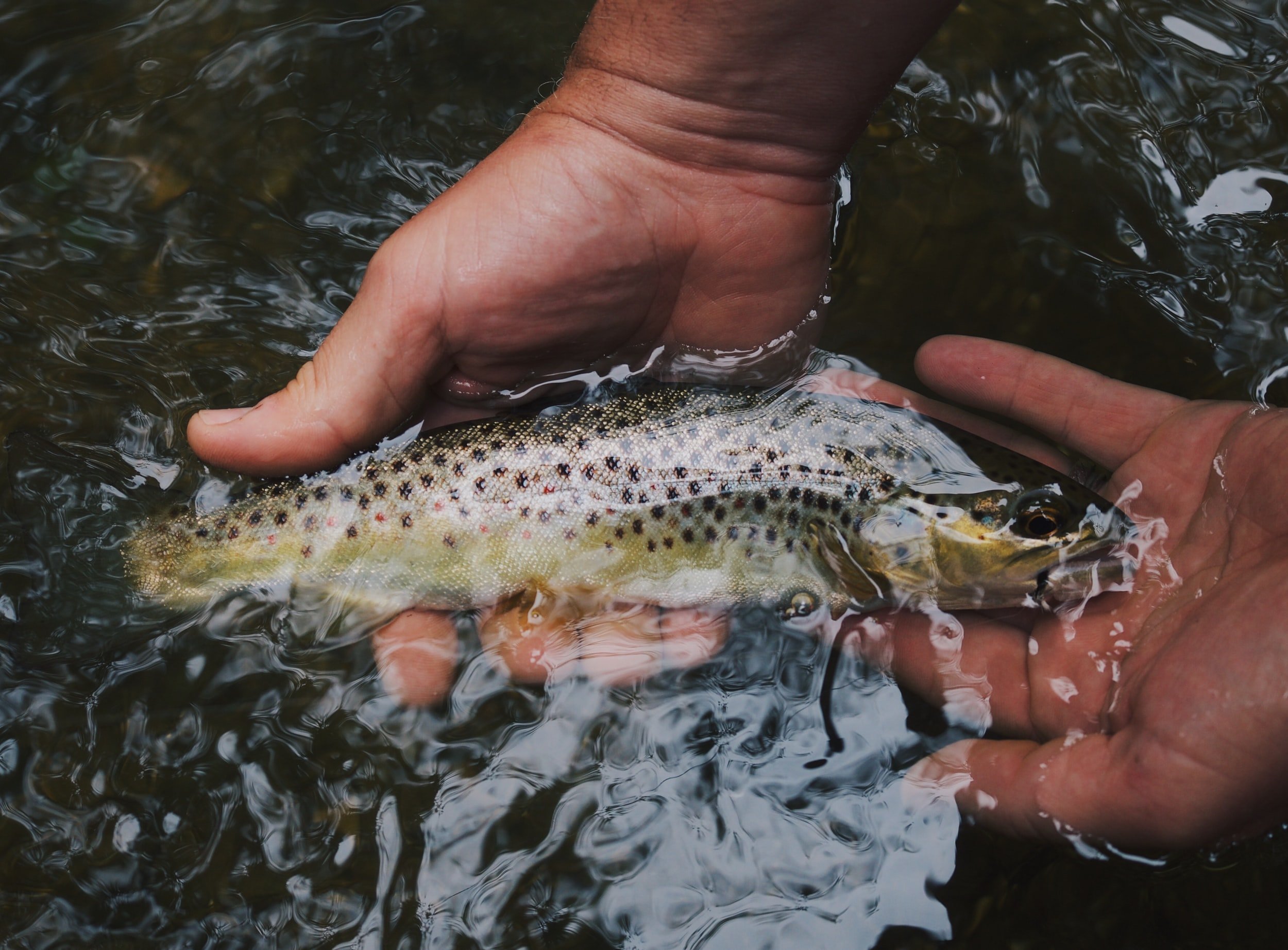
Trout and salmon might not have sharp dorsal fins, but they do have mouths full of teeth. When you hold a trout or salmon, first wet your hands and then cradle the fish in the palms of both hands. Trout are slippery, so you will need a firm grip. Don’t squeeze too tight, however, if you plan to release the fish. Squeeze a trout too hard, and you might rupture its organs, which is fatal.
Many species of freshwater and saltwater fish have sharp teeth and require special handling. Bluefish and barracuda, for example, can inflict painful bites if not handled carefully. The best way to hold one of these toothy critters is to get a firm grip behind the top of its head and hold on tightly while you remove hooks with needlenose fishing pliers. Mechanical grips, such as the Bogagrip that are sold in the fishing department of your favorite sporting goods store, work great, too. Either way, you’re holding the fish in an area of its body that is virtually impervious to injury. The same technique will work for muskies, pike, and pickerel.
Catfish have spines in the dorsal and pectoral fins that can puncture the skin and inflict a nasty wound. When you hold a catfish, grip it from the front and slide your hand carefully toward the tail, pushing down the fins and sharp spines. Catfish are tough and can usually survive a firmer grip than might be employed for trout.
Getting a grip on any fish will be easier if you wear wet cotton gloves. You might actually inflict less damage to the fish than you would if you used your dry hands. If possible, avoid holding any fish that you plan to release. Ideally, the fish should never leave the water while you are removing the hooks with pliers. If you plan to release the fish, do it quickly. Don’t put it on a stringer if you don’t intend to keep it. Fish that are kept on stringers and then released later have a low survival rate. An immediate release will give a fish its best chance of living to fight another day.
Check Out Vin T. Sparano’s Books
Vin T. Sparano worked at Outdoor Life magazine for over forty years, serving as both the Editor-in-chief and Senior Field Editor. There, he compiled Complete Outdoors Encyclopedia, which won multiple awards including the Library Association’s Award for Outstanding Reference Work. He has also written and compiled over a dozen other books including The Complete Guide to Camping and Wilderness Survival and Tales of Woods and Waters, as well as hundreds of articles on the subject. He has dedicated his life to the outdoors and is one of the most-respected authorities in the field. He lives in Port Monmouth, NJ.
Purchase Vin T. Sparano’s books here: https://amzn.to/3LDGwxf







